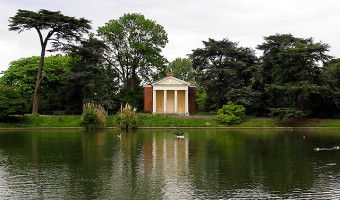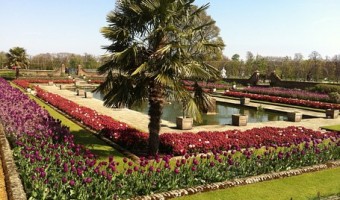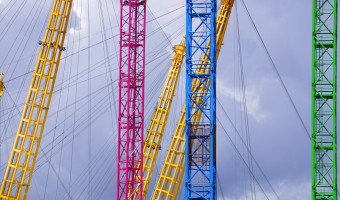The revealing secrets of hidden green space
London is a patchwork quilt made up of space and green space. The city houses eight breath taking Royal Parks, over 40 square miles of parkland and gardens and millions of trees making it one of the greenest capital cities in the world.
One of the great things about London is its abundance of green spaces but you do not have to join the throng of visitors thronging to Hyde Park in the summer time to enjoy them. Every few streets there’s a park or garden, and in the city centre you will be far from the big popular ones but it’s the secret gardens in London that get my attention not just the private ones that are only open to surrounding resident but the ones that are open to everyone
Postman's Park
Bordered by Little Britain, close to famous London sites (such as the 'Museum of London' and St. Paul's Cathedral), Postman's Park tells stories of heroic self-sacrifice, inviting explorers and local workers to enjoy the surrounding nature, which starkly contrasts with the surrounding office buildings. Postman's Park earned the title due to its popularity as a lunchtime garden used by former general post office workers. George Frederic Watts (1817-1904), a painter and philanthropist created Postman's park with the noble intention of commemorating heroic men and women who bravely sacrificed their lives for others. Today, Postman's Park displays 54 engraved memorial tablets. Seasonal flowerbeds, benches and a small fountain by the entrance create a peaceful atmosphere to be enjoyed with a glimpse of serious thought representing this little sanctuary. Postman's Park’s popularity peaked after the famous movie 'Closer', which used the Park for its key scenes and 'Alice Ayers', an English nursemaid who died rescuing three children from a fire and whose name was stolen to create a fake name for Natalie Portman's character.


Victoria Embankment Gardens
This 'secret' Victorian Embankment garden is a lesser-known piece of the London ‘green scene’ and is located between Waterloo Bridge and Embankment. On the left hand side by the ‘river exit’ of Embankment tube and surrounded by thick shrubbery stands the Iron Gate inviting the public to Victoria Embankment gardens. They were created by the landscape designer Alexander McKenzie and built from 1870-1875 as a part of a 19th century public works, and re-building project. Blooming flowerbeds and lines of benches frame pathways creating a relaxing atmosphere, which is greatly appreciated by local office workers and often chosen as a lunchtime spot. In the summer, the gardens are used for various public events and free concerts. What is more, various statues and memorials extend the historic value of these gardens making it a must see hidden piece of London.
St. Dunstan in the East Church garden
St. Dunstan in the East Church garden is a well hidden gem contrasting the modern landscape of central London with historical architecture. Fairly close to London Bridge, St. Dunstan garden is in Idol Lane, a short walk from Monument tube. First built in Saxon times, the church building suffered significant damage during the Great Fire of London in 1666 and later, the Blitz in 1941. In 1967, the City of London Corporation decided to turn St. Dunstan's ruins into a garden, which opened for public viewing in 1971. Wall shrubs and trees decorate garden walls adding mystery to details of Gothic architectural design. St Dunstan gardens represents a fascinating history and invites thought that some things are better left broken rather than changed and lost completely.
Bishop's Park
Situated in Fulham in London’s South West and much loved by local families, Bishop's Park does not perfectly fit the description of a 'secret garden'. Nevertheless, it makes the list as a park that should be remembered and mentioned as a ‘less-visited place’, which offers everything one would wish for from a perfect day in London. The park was opened by London County Council and is north of the river Thames from All Saints church. Bishop's Park offers tennis and basketball courts, a family poolside beach, playgrounds for the little ones and even a skate park area. What is more, Bishop's Park and Fulham Palace host Sunday markets offering fresh and delicious food produced by local farmers and businessmen.


Hampstead Pergola and Hill Garden
Climbing plants tangle the pillars of stone and timber pergolas that cast shade creating a secretive, utopian atmosphere. Started in 1905 and finished in 1925, the Pergola and Hill gardens represent the architecture, luxury and culture of Edwardian times. Situated in the western part of Hampstead Heath, the Pergola and Hill Garden can be found close to Whitestone Pond, further in the woods by the North End Way. The result of an idea by Lord Leverhulme, the Pergola and Hill Garden was designed by talented garden architect Thomas Mawson. Lord Leverhulme expanded his gardens to create a perfect setting for extravagant garden parties and idle summer evenings. Since 1963, Pergola and Hill Gardens is open to highly appreciative visitors and frequently praised in lists of secret gardens. The garden is open from 8:30 to 7:30 and is particularly splendid to visit during the summer season.
So take your time when you are planning your visit. Look a little harder and you will notice that beneath the popular ‘green patch-work lies an even smaller one made up of tiny thumbnails of beauty that could potentially be overlooked, but just waiting for you to discover it.
 Secret Gardens of London
Secret Gardens of London


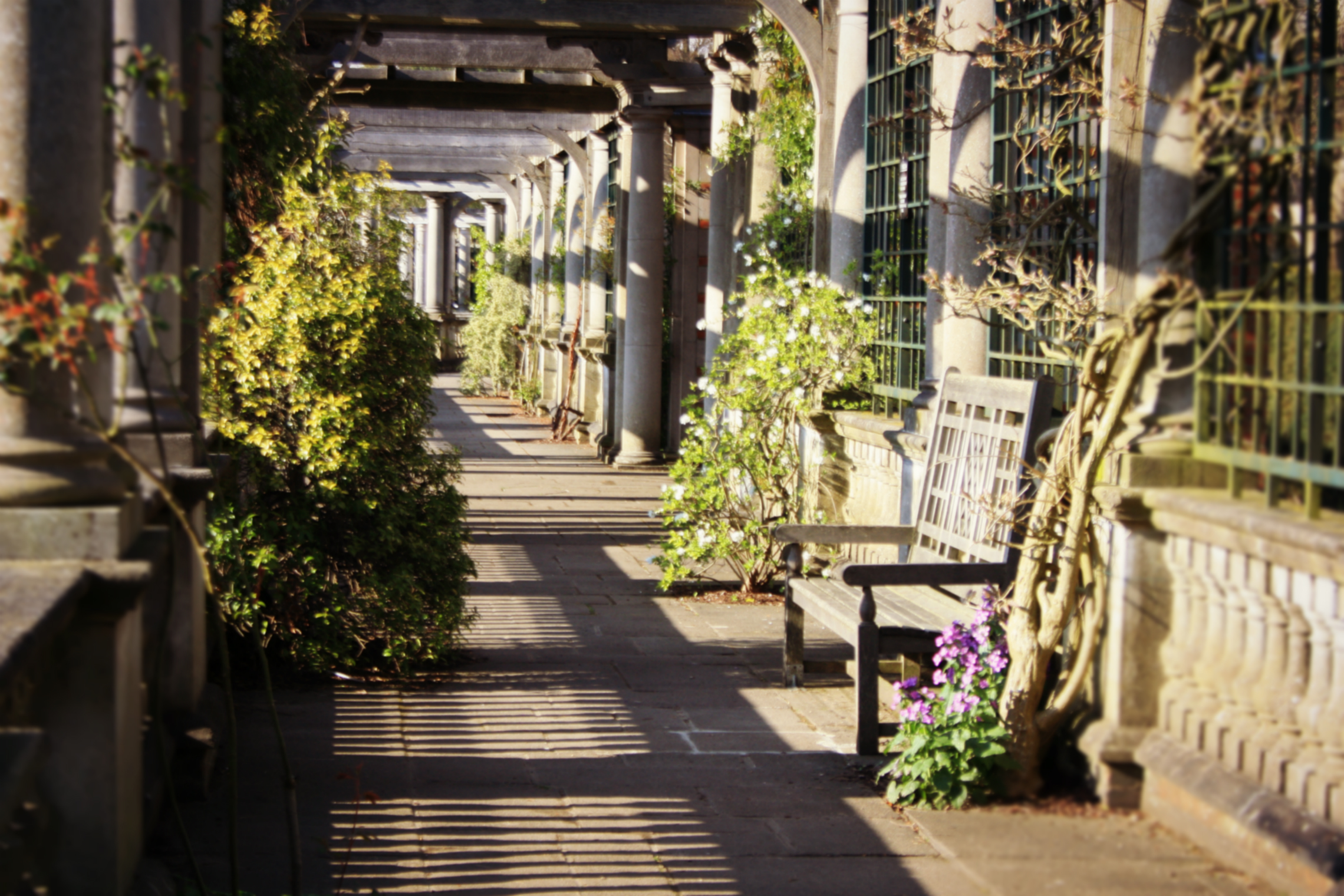
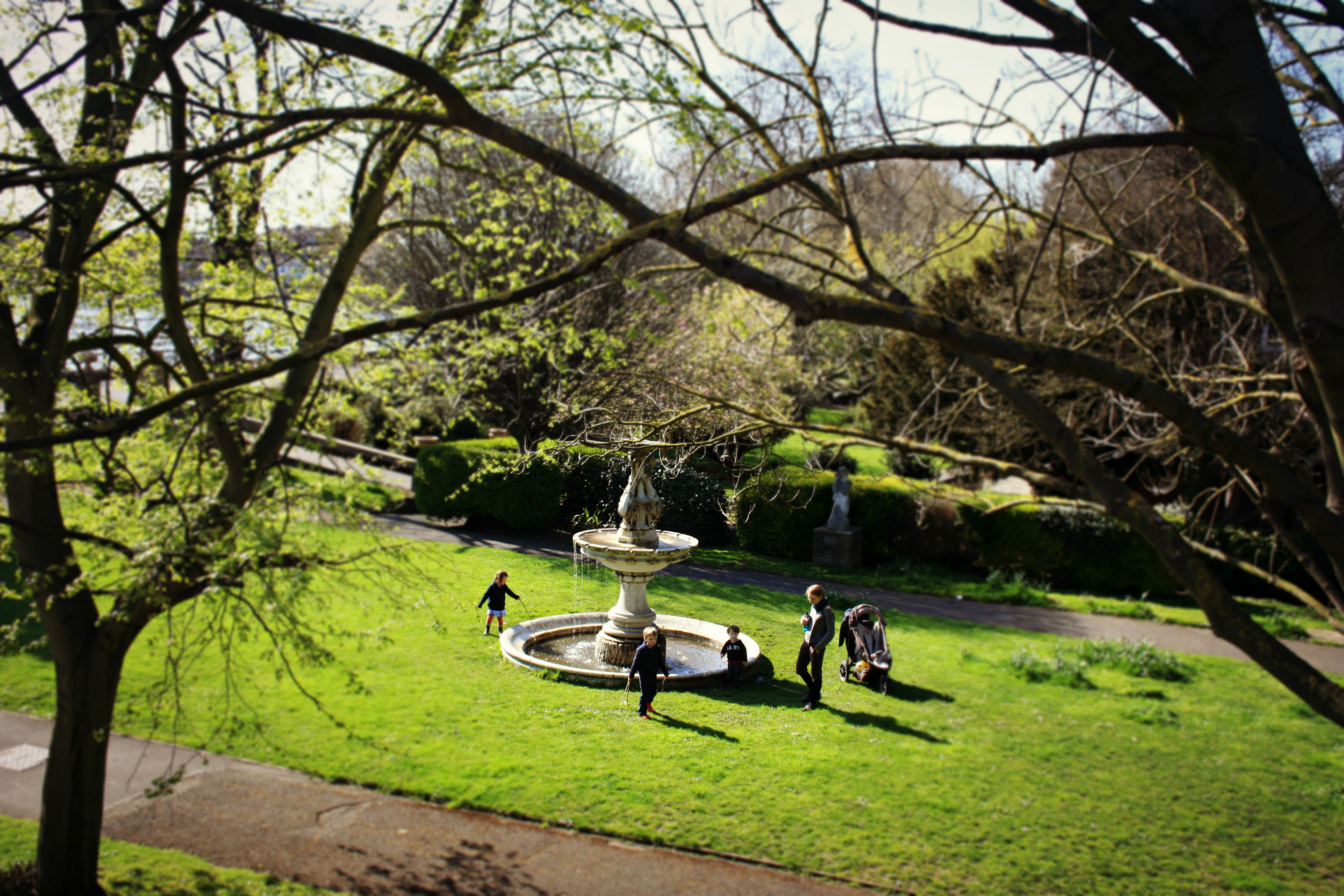
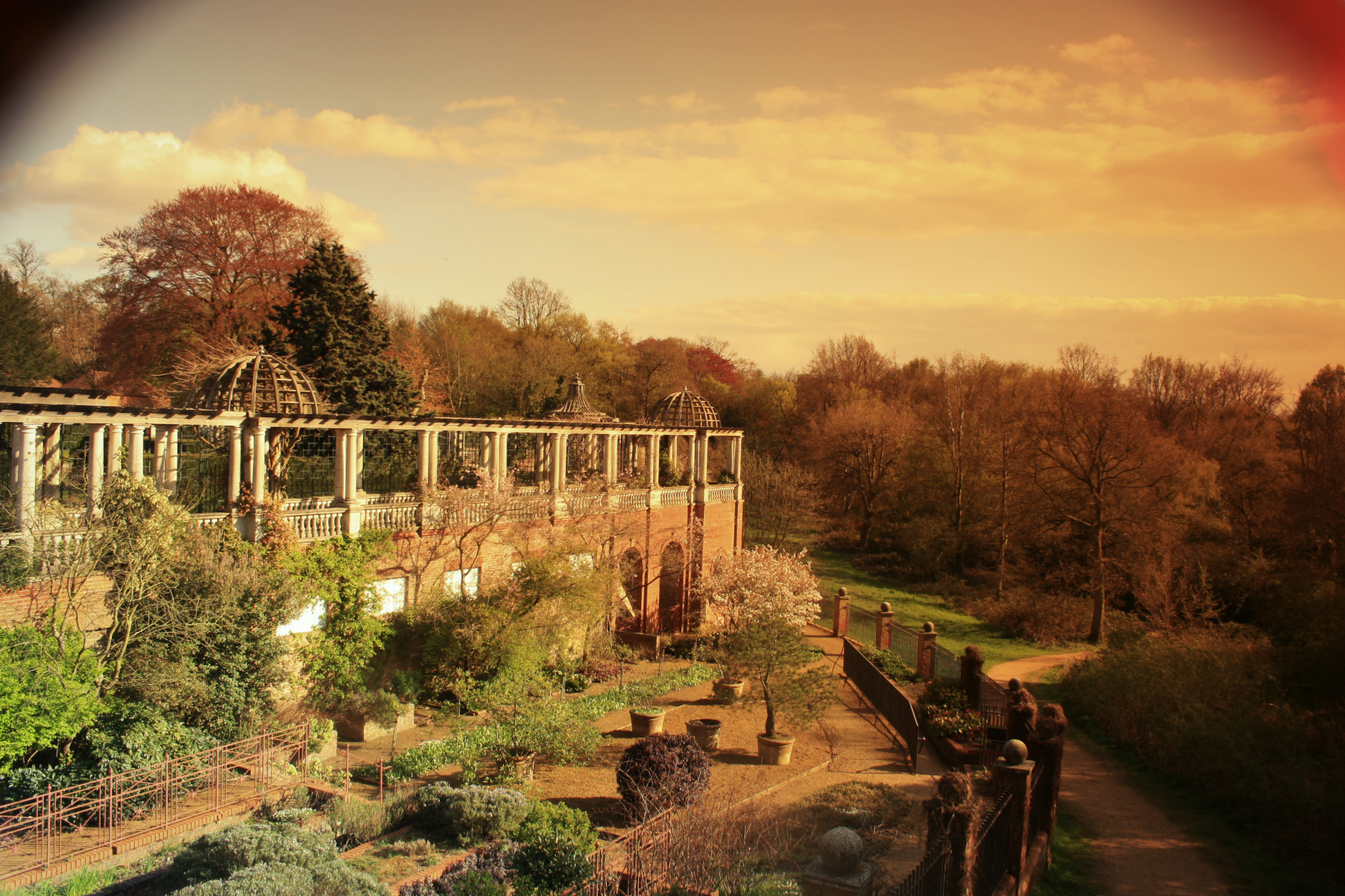
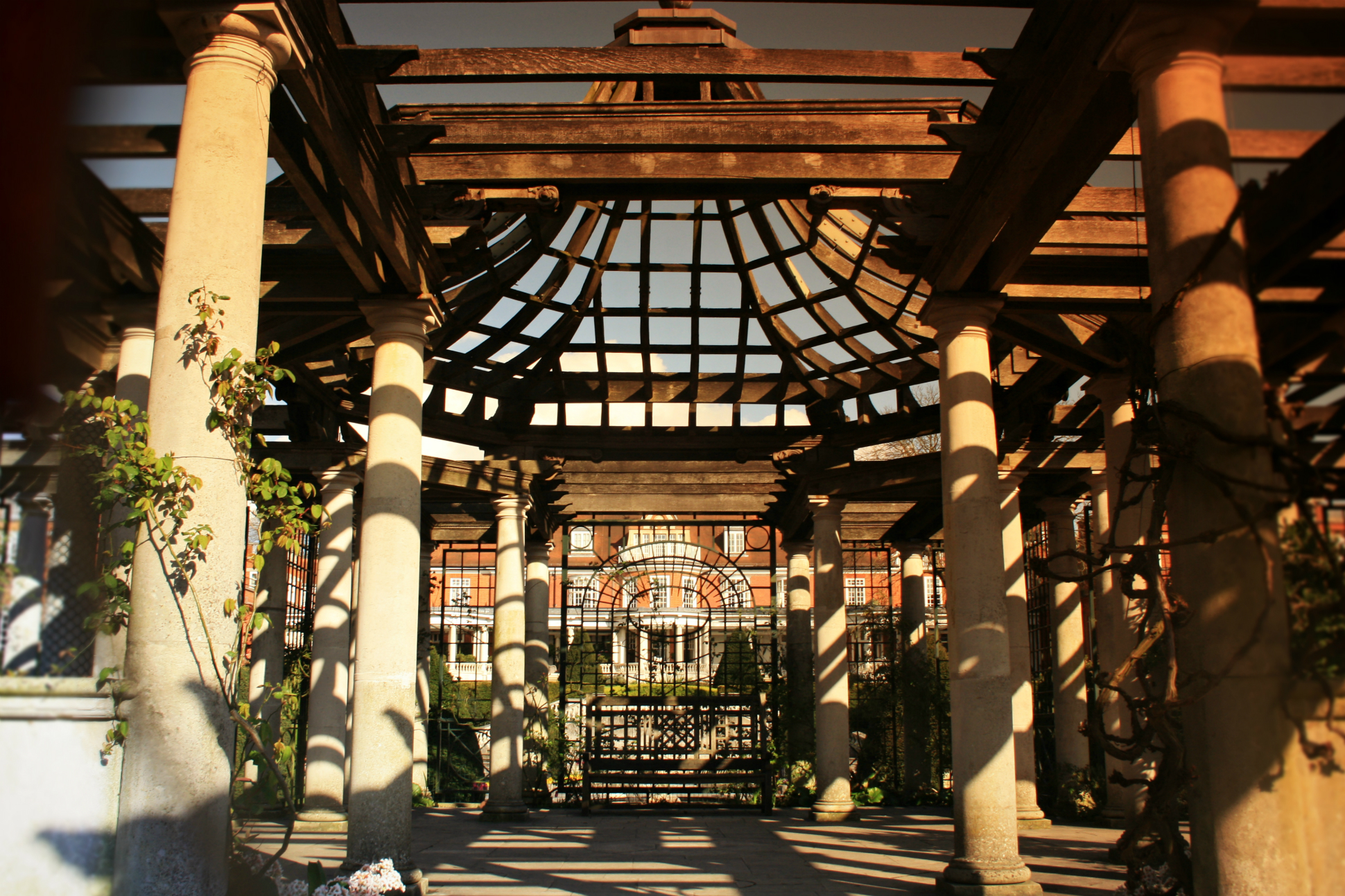
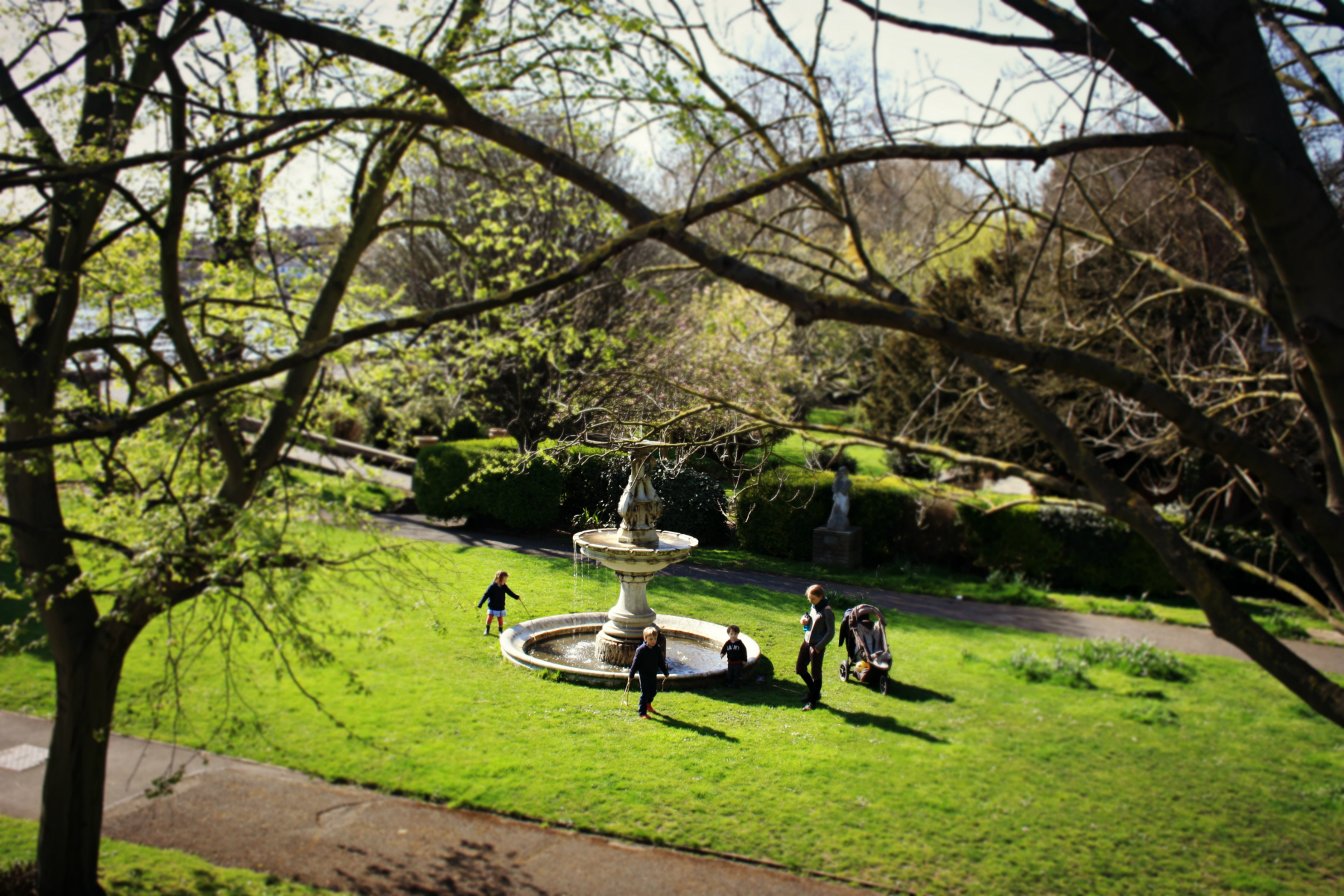
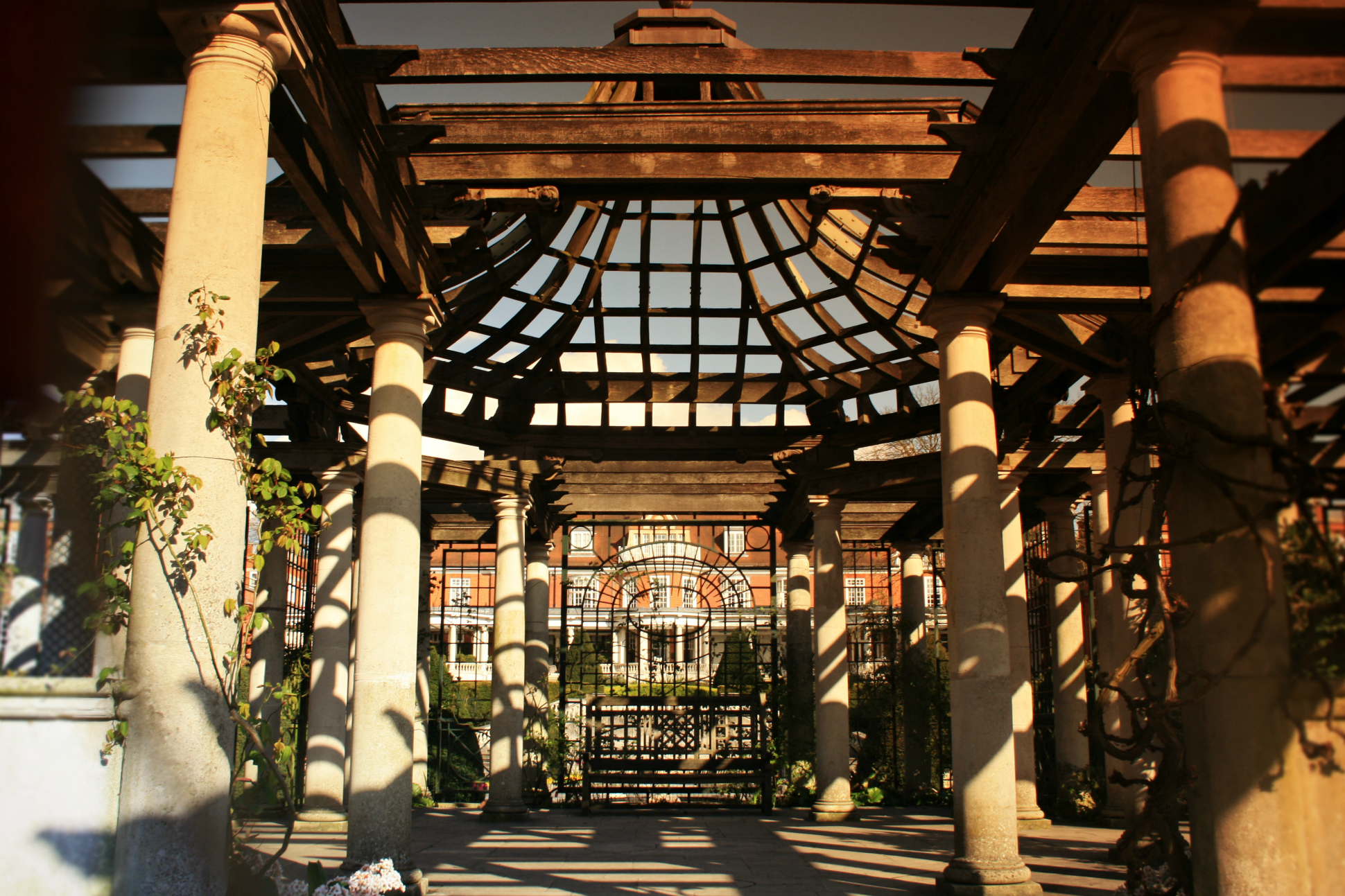
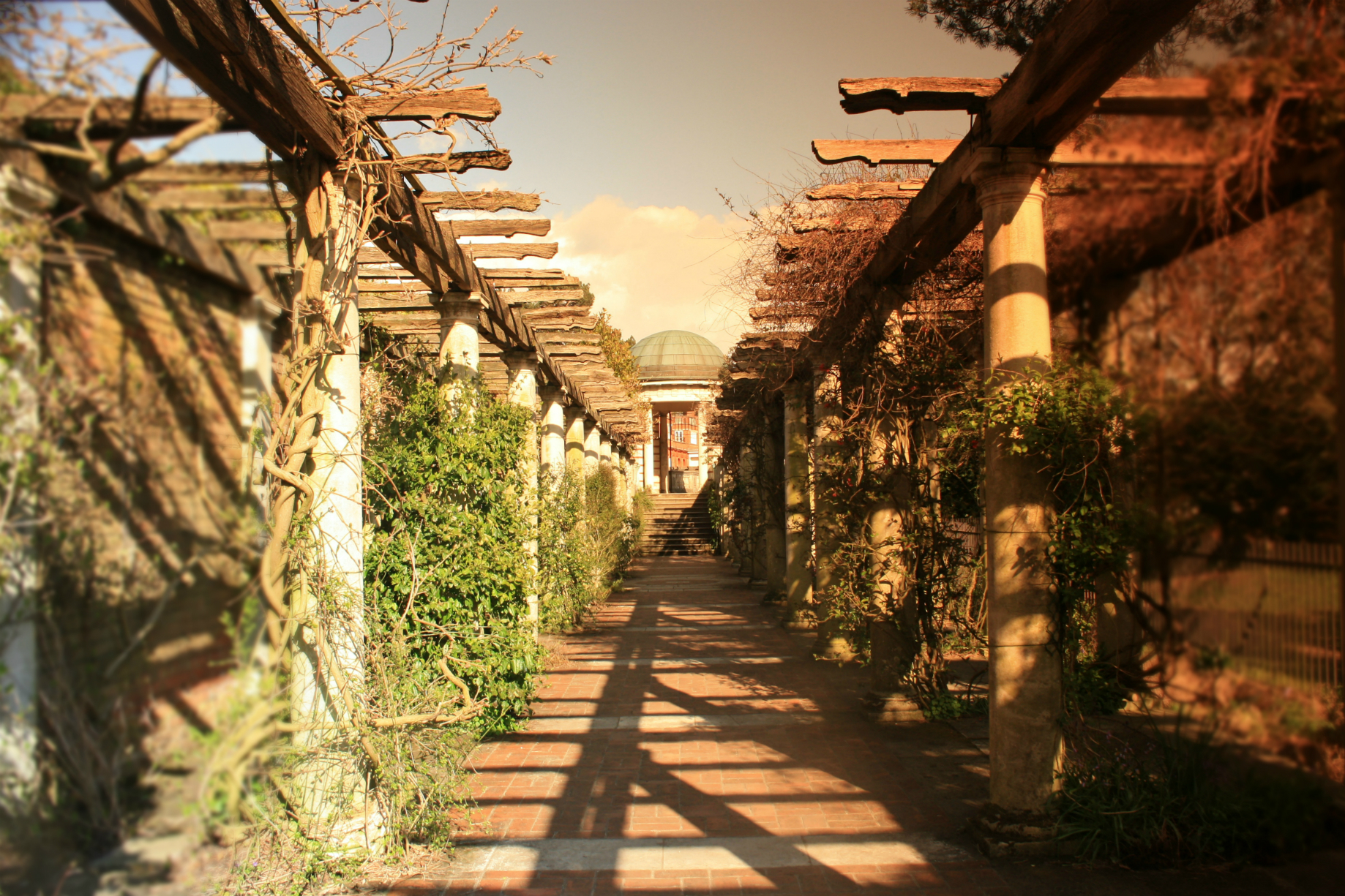
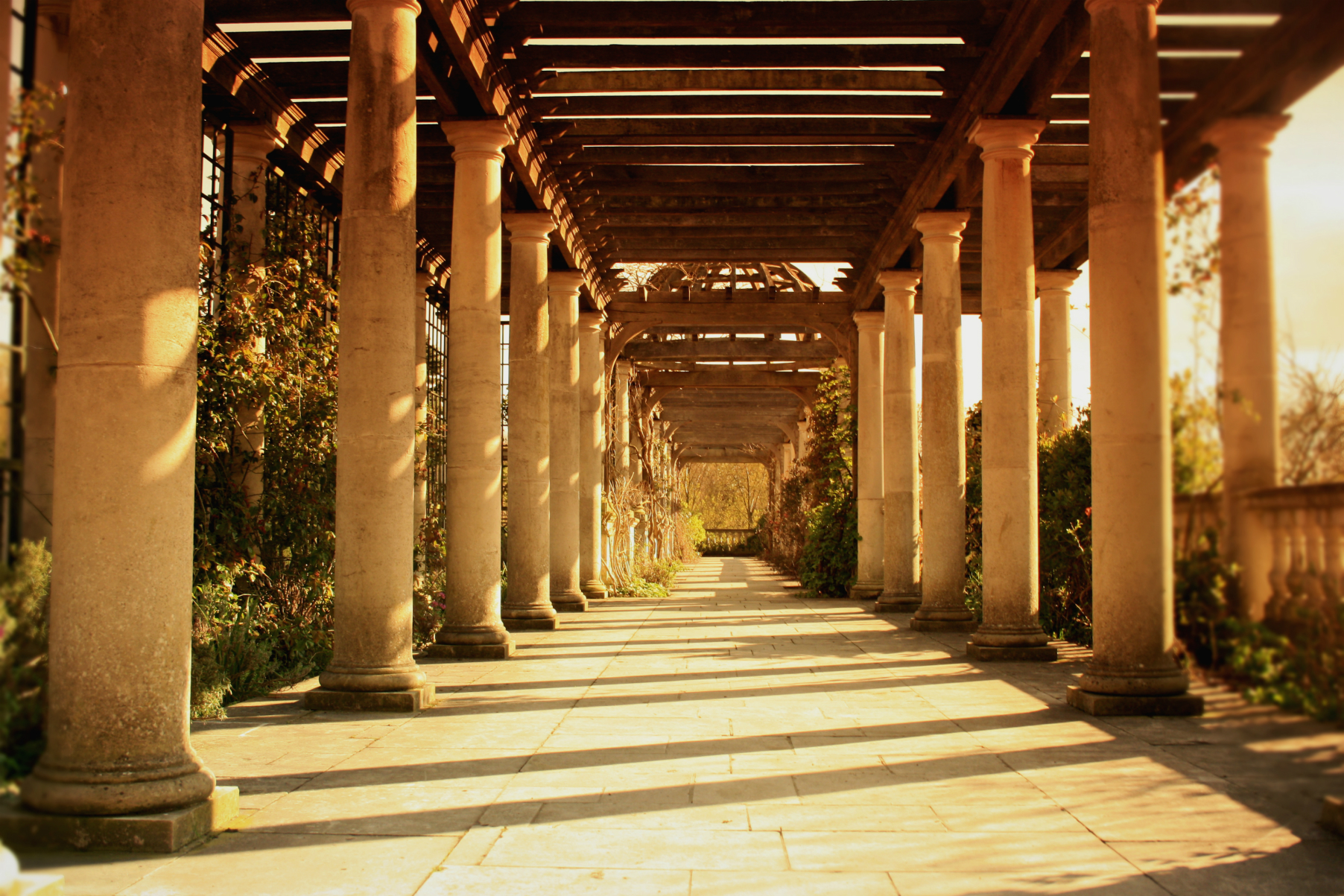
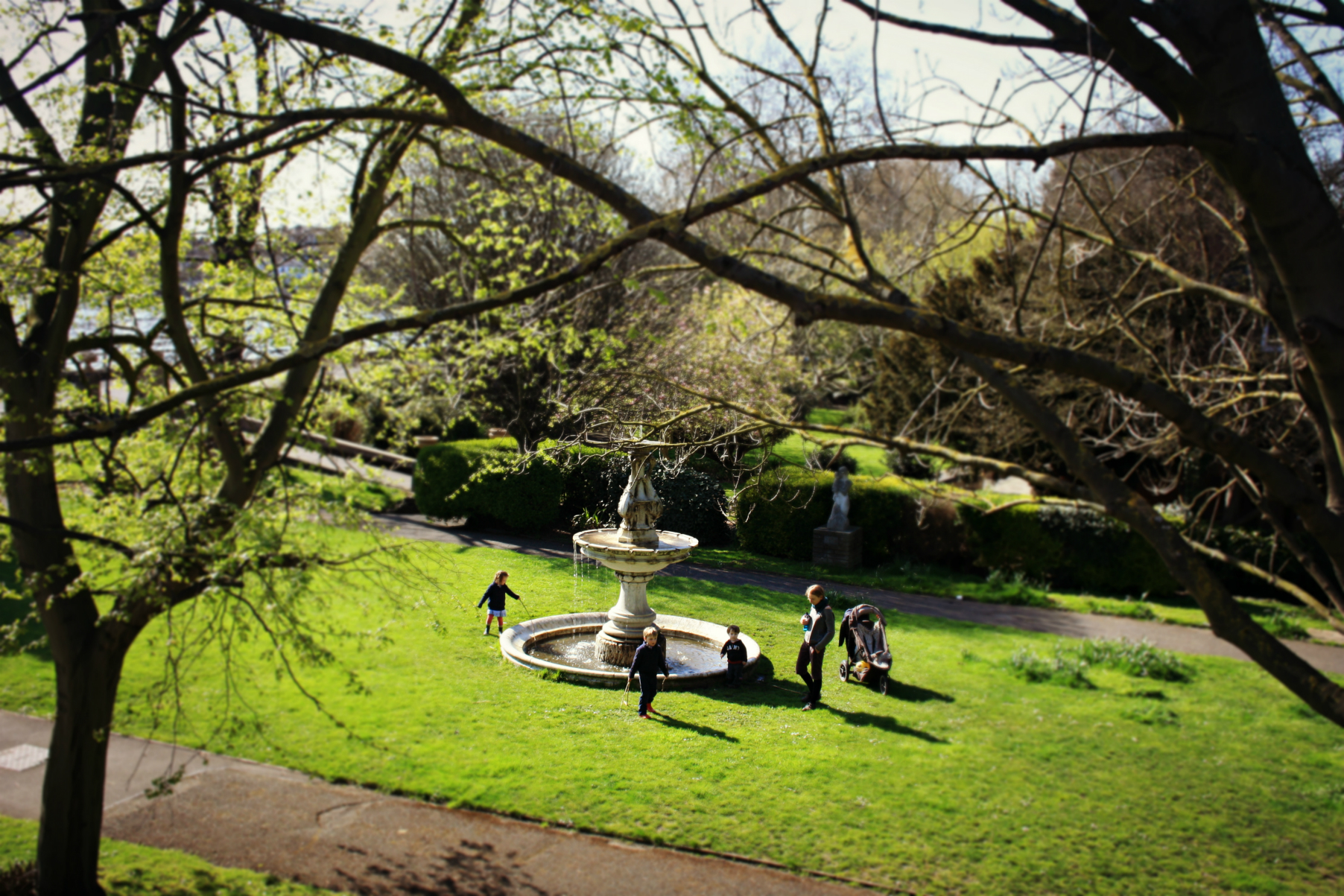
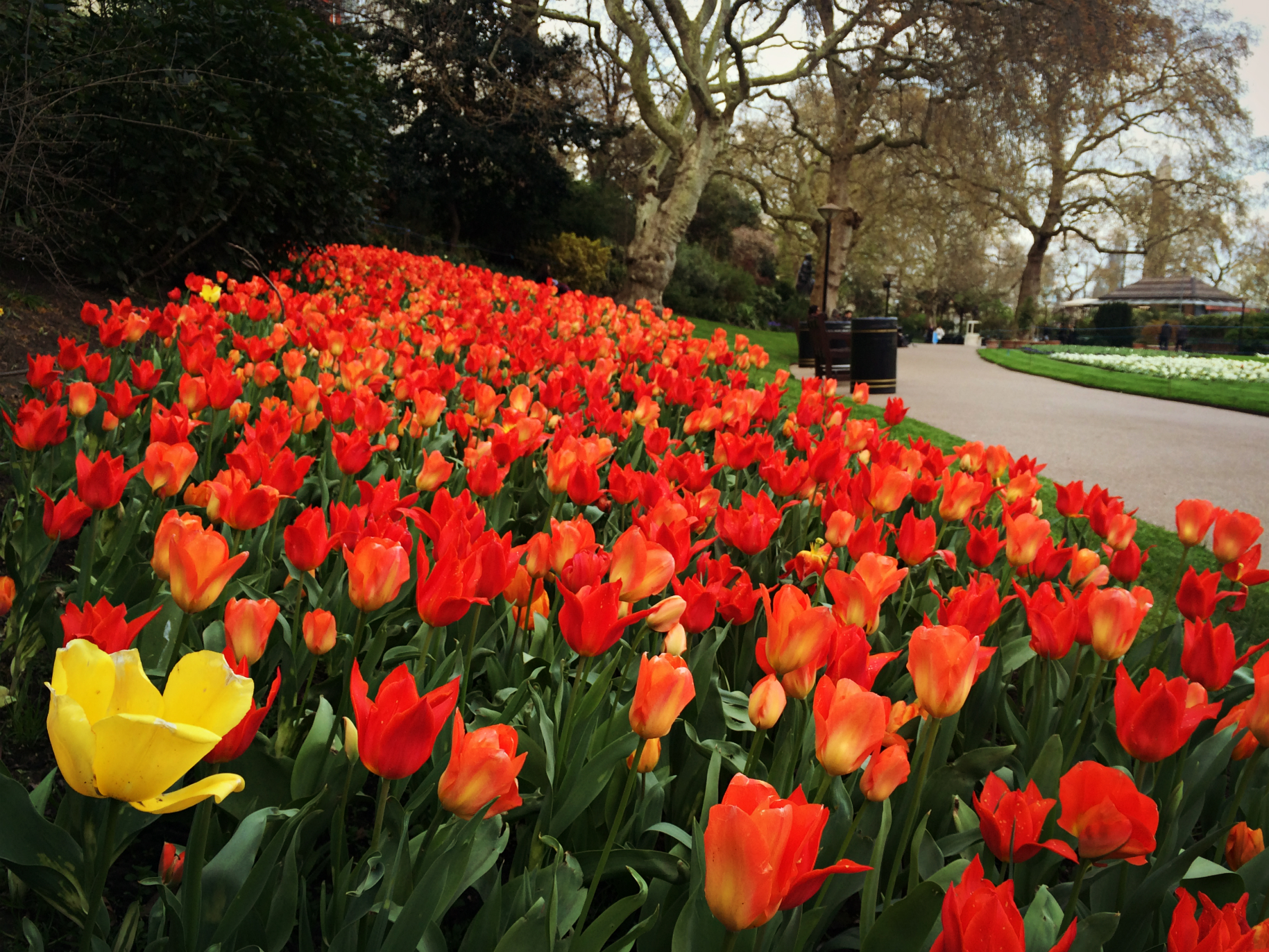
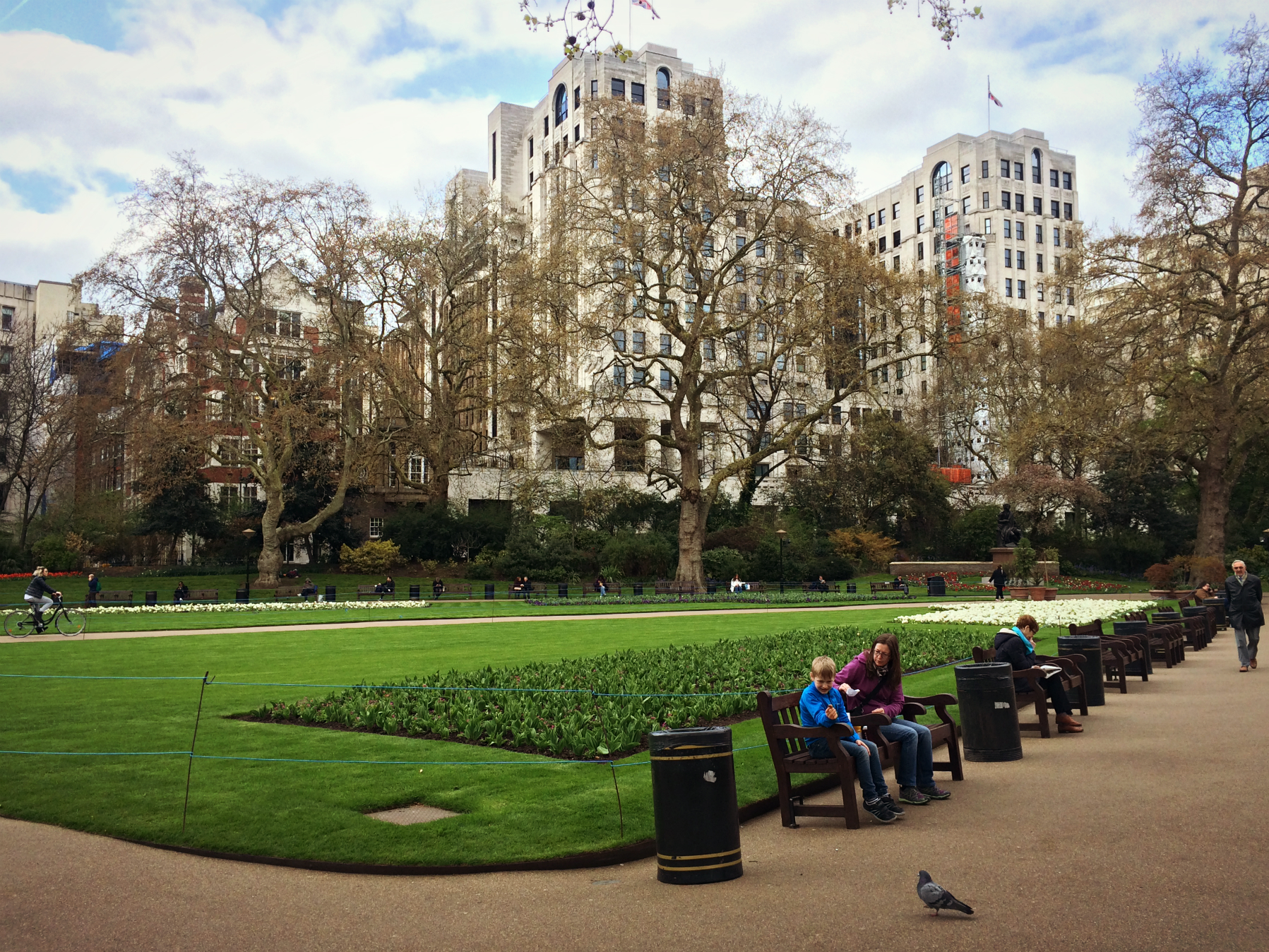
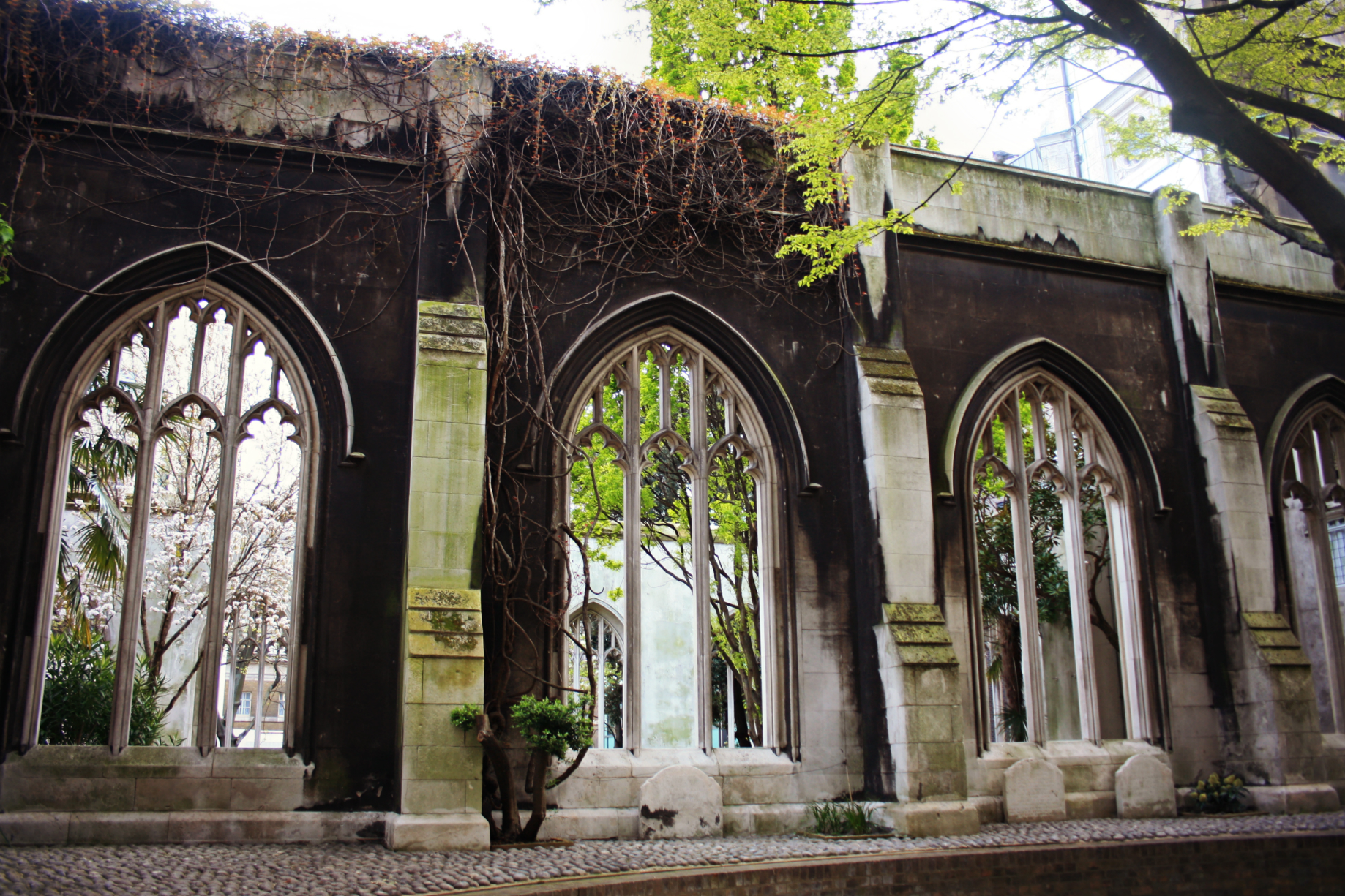
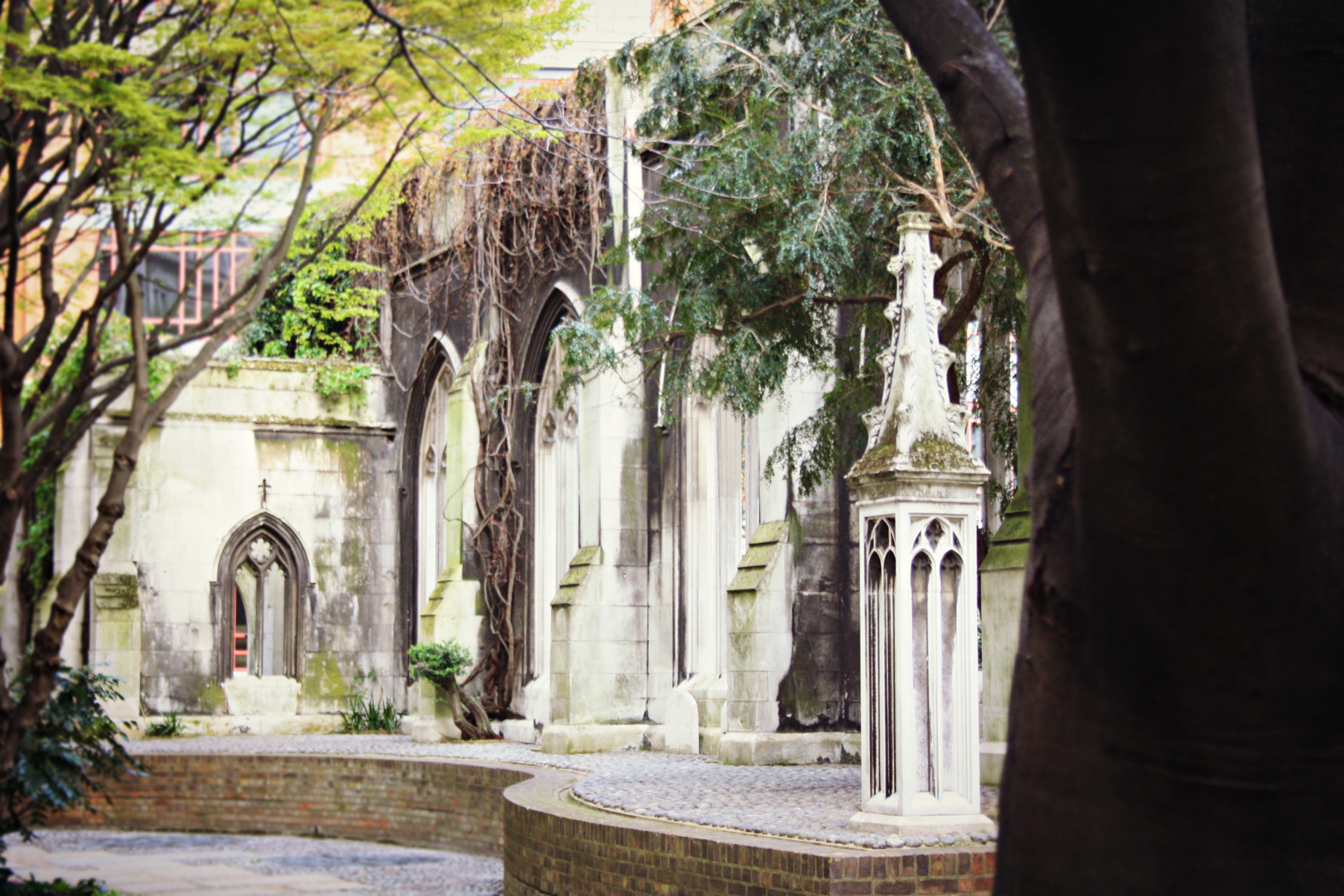
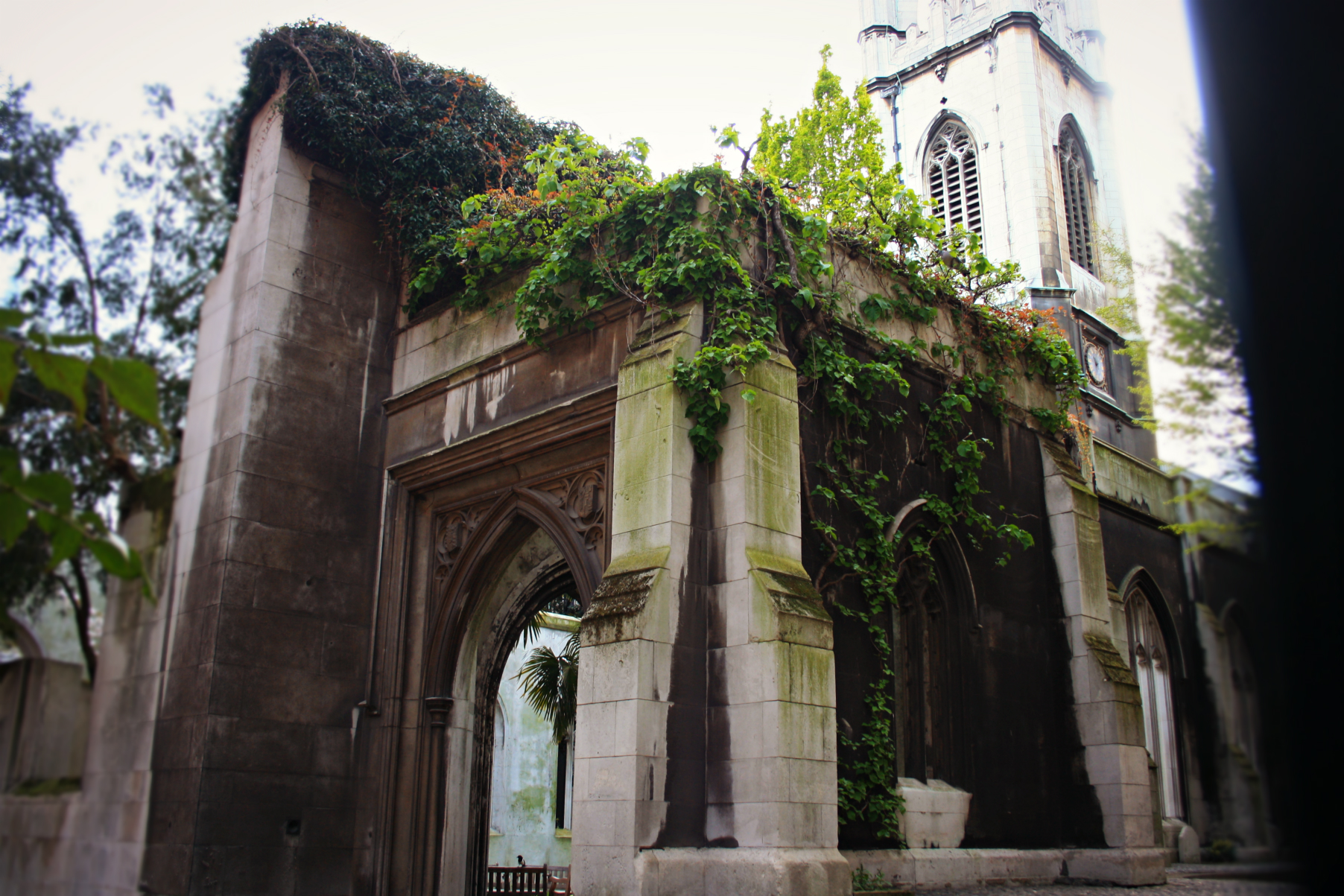
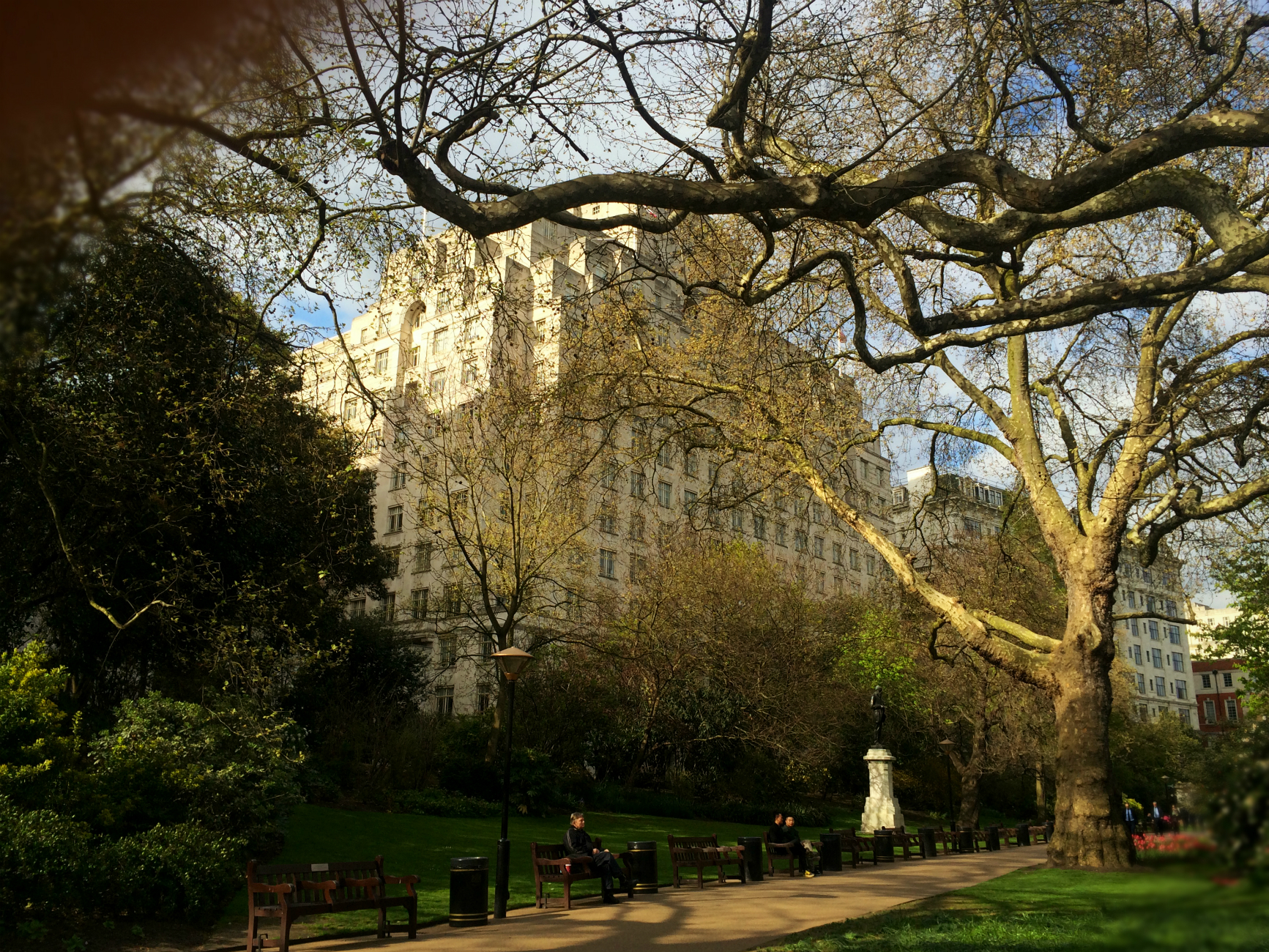
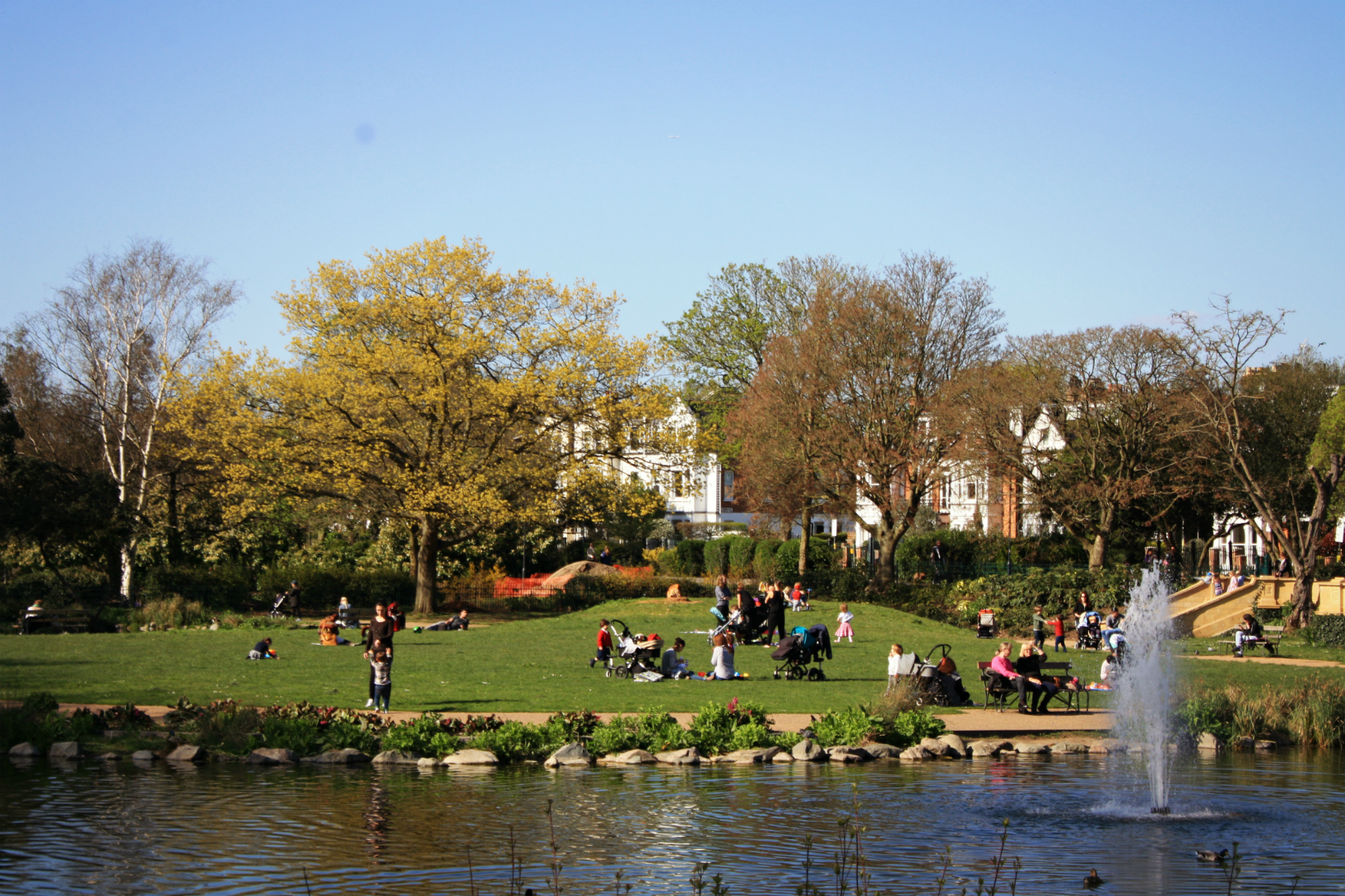
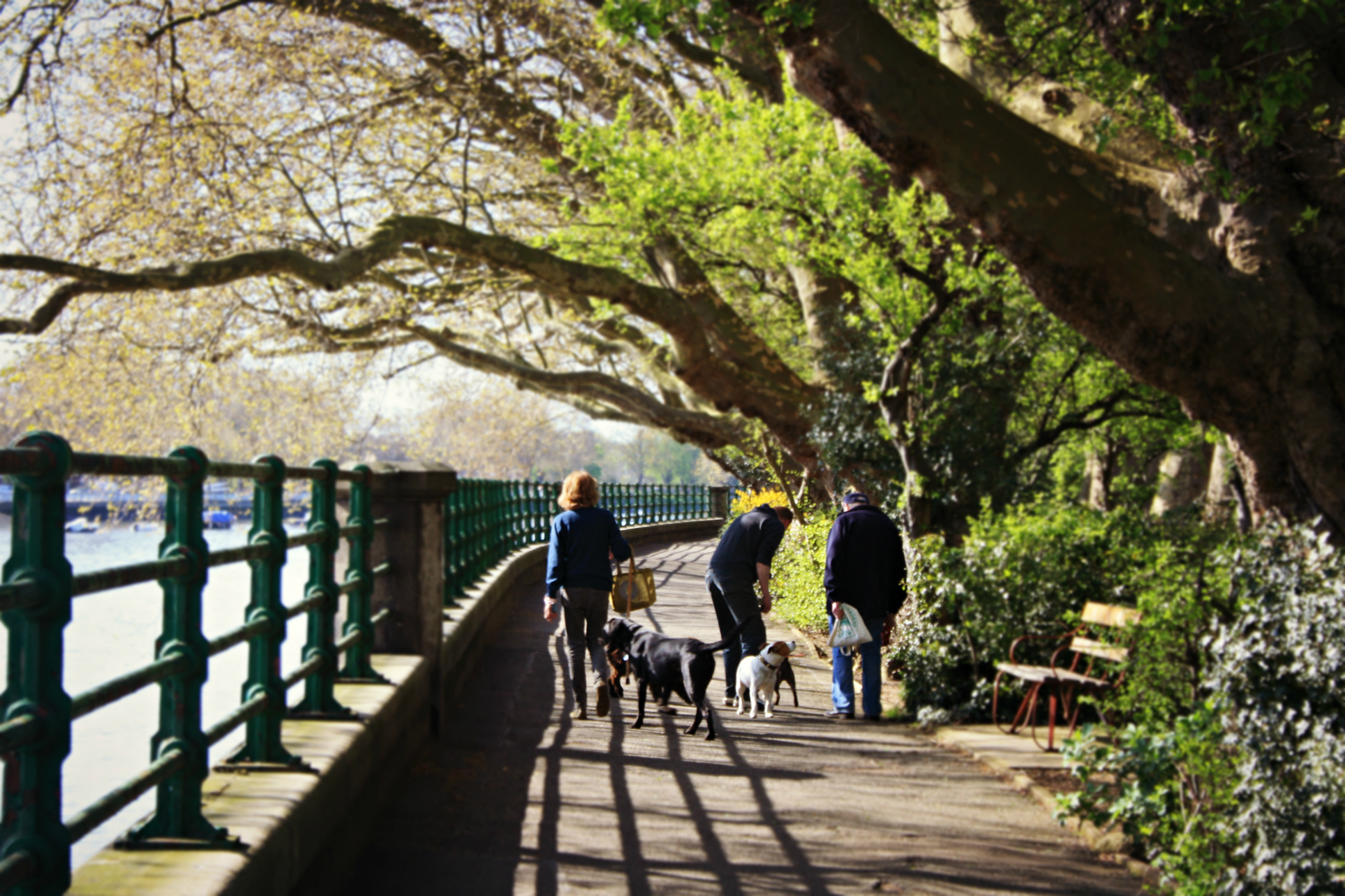
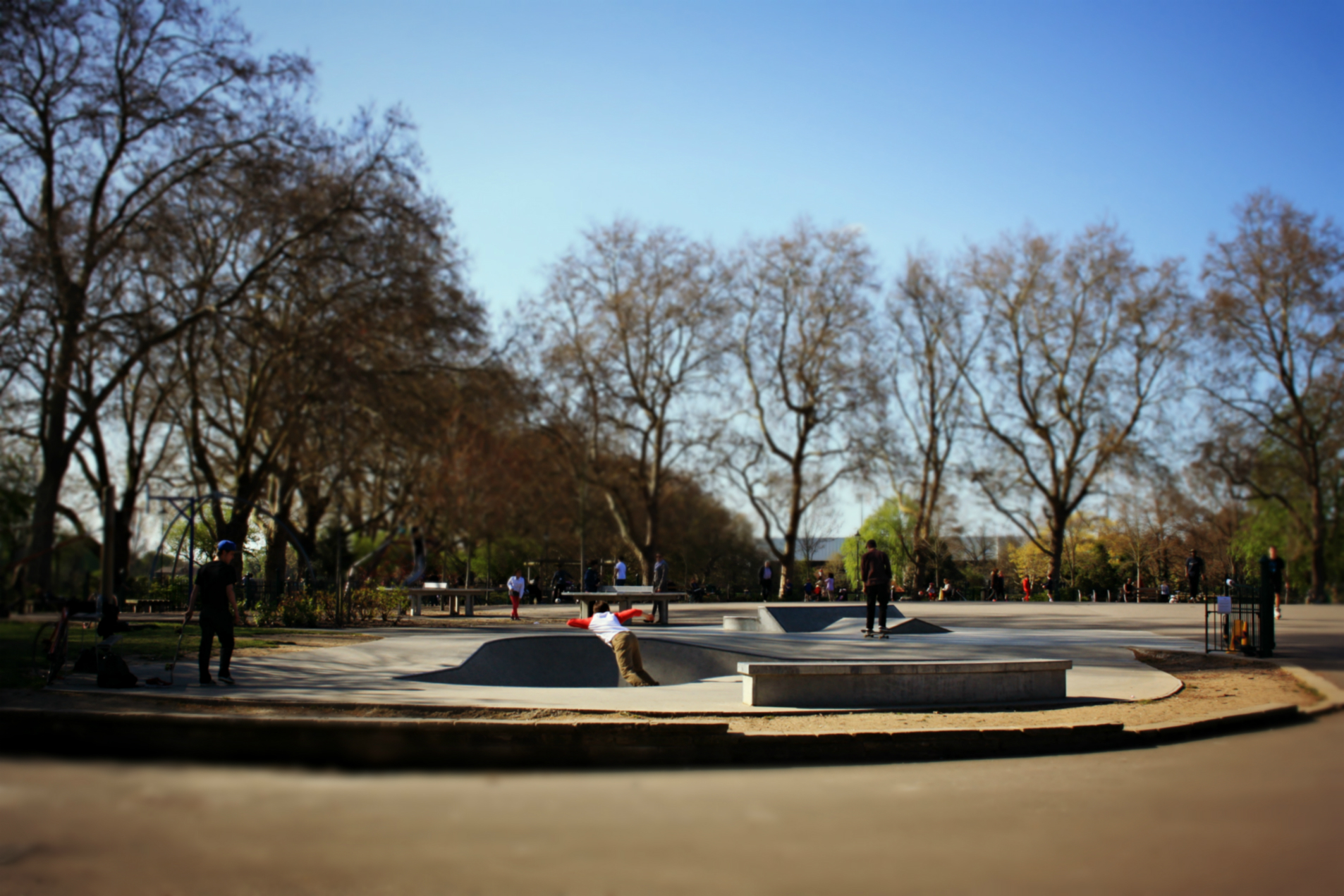
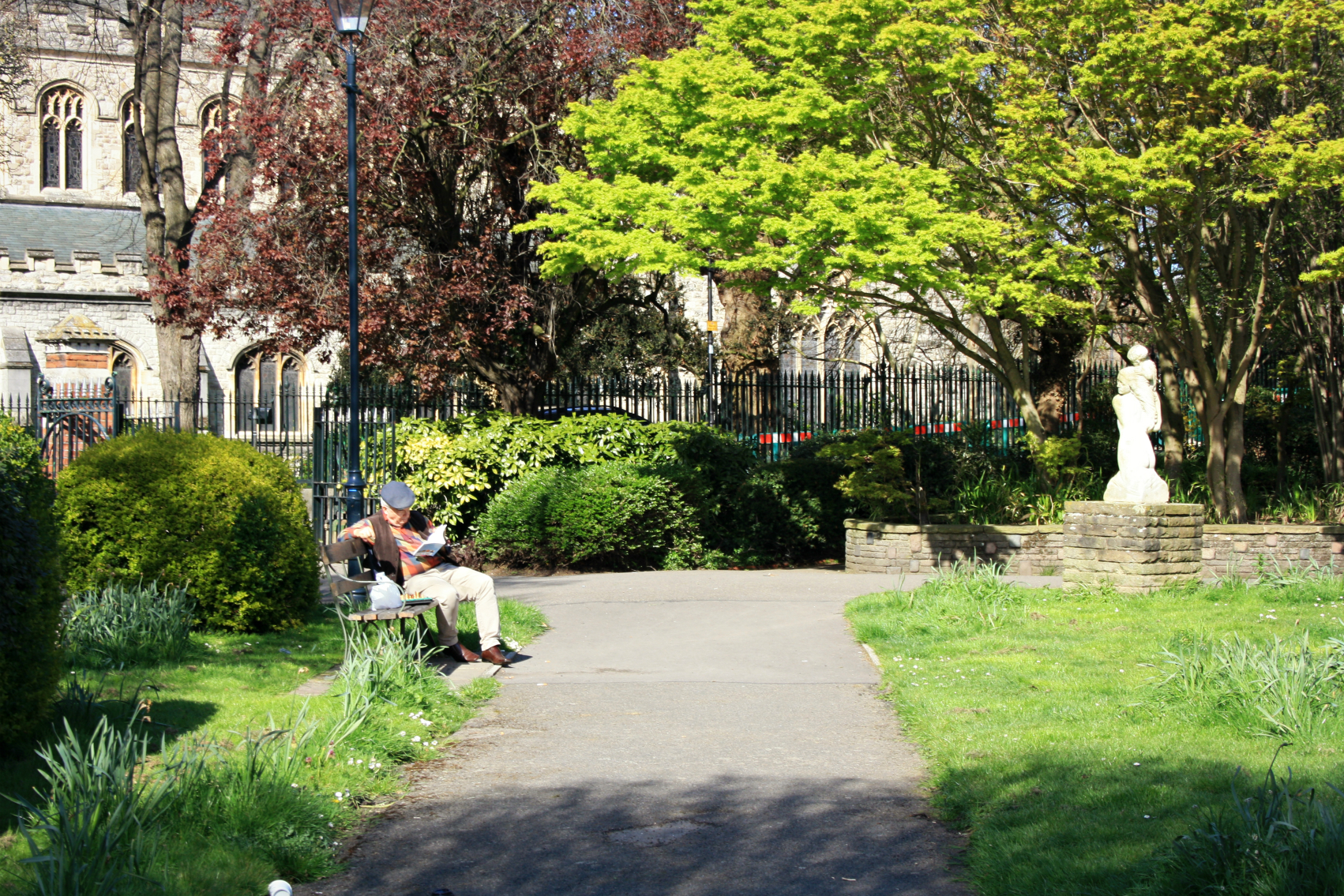
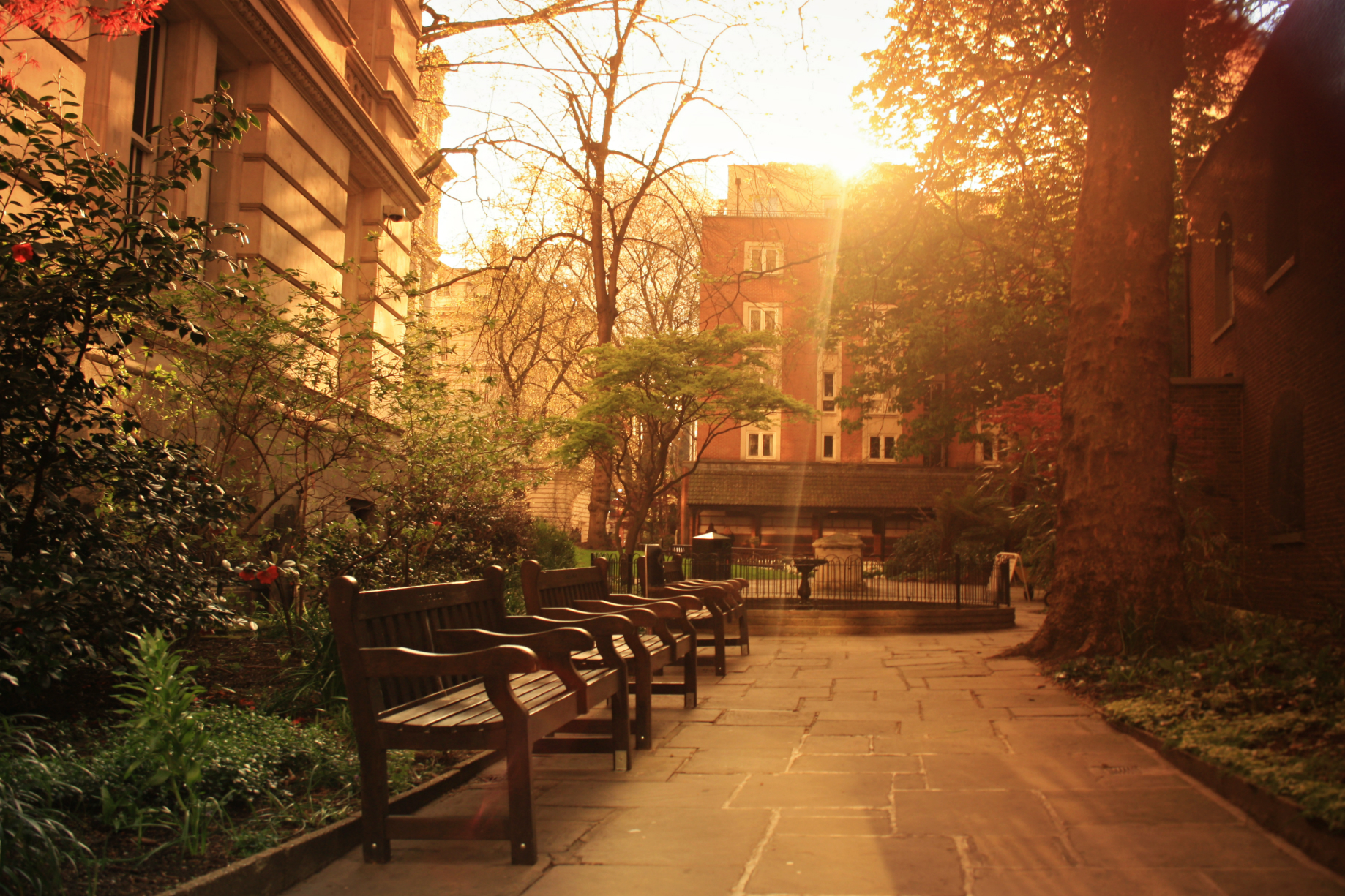
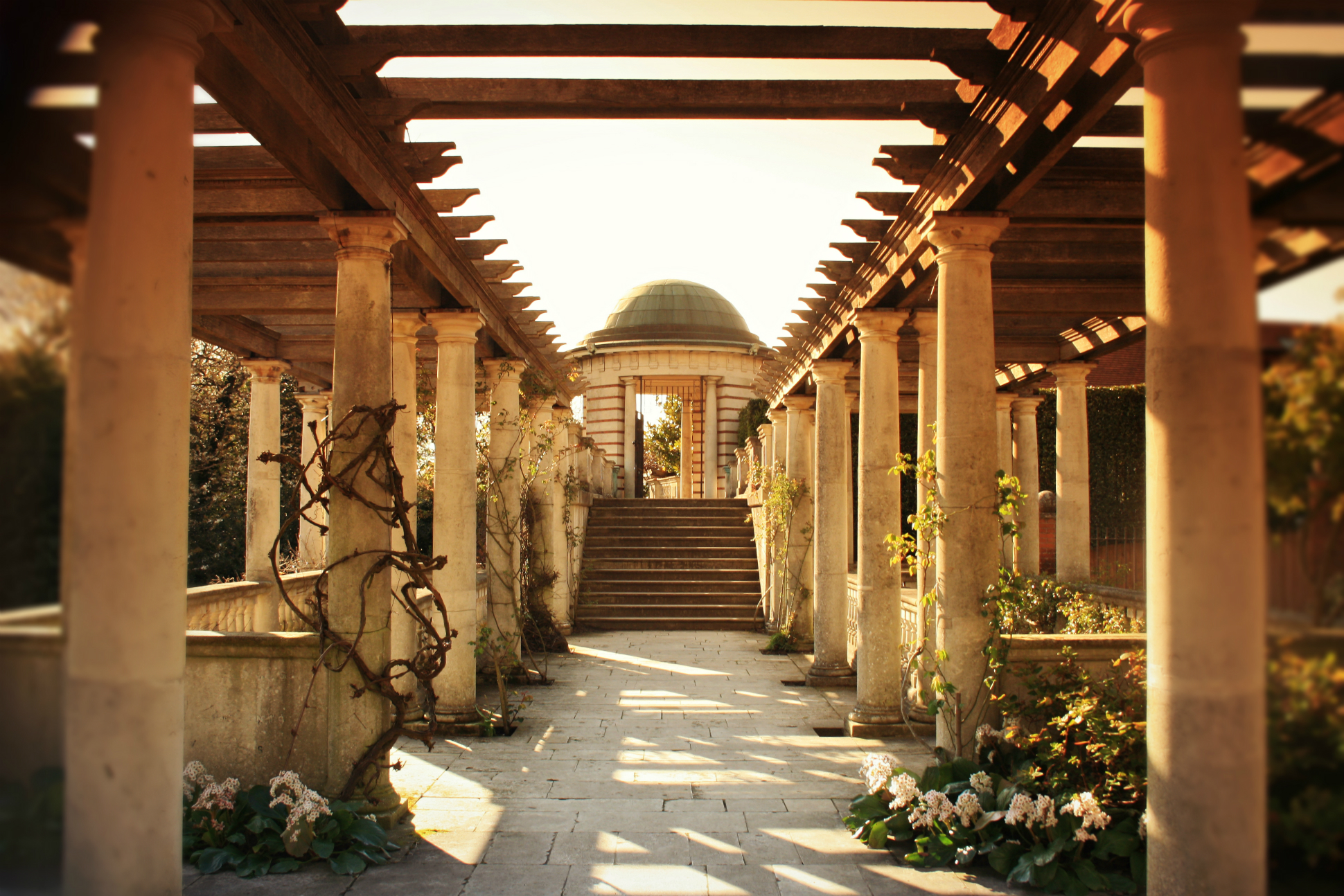
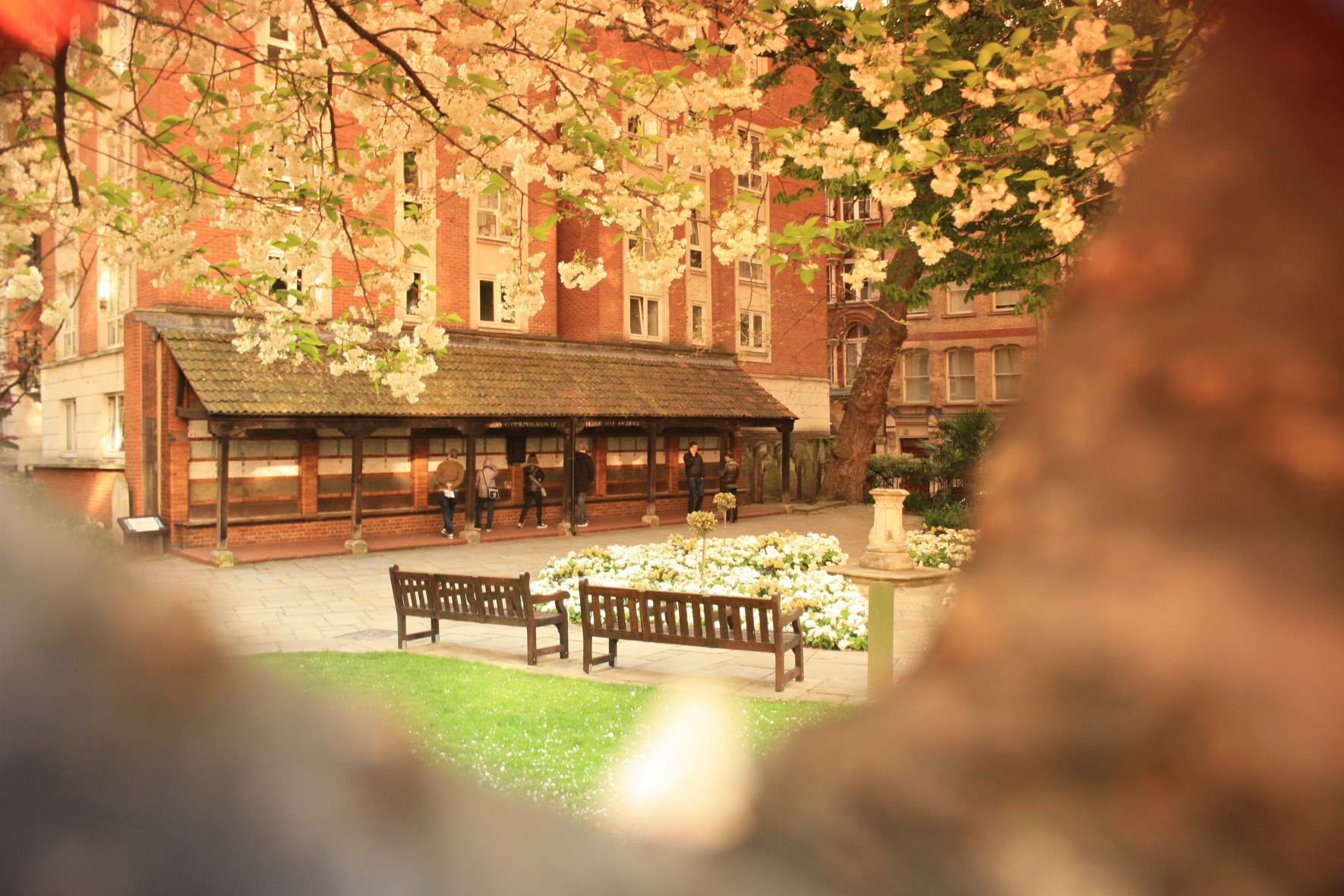
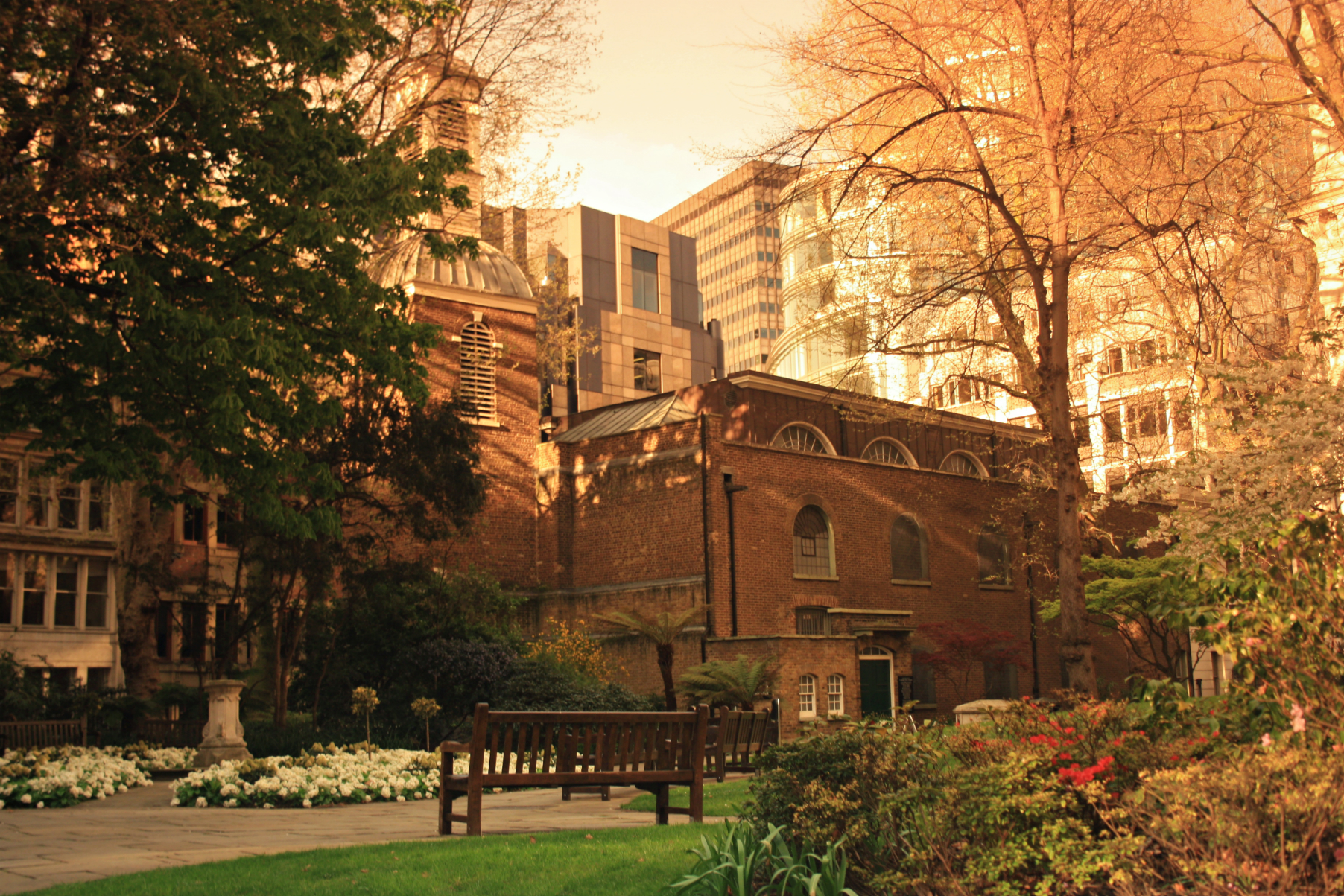
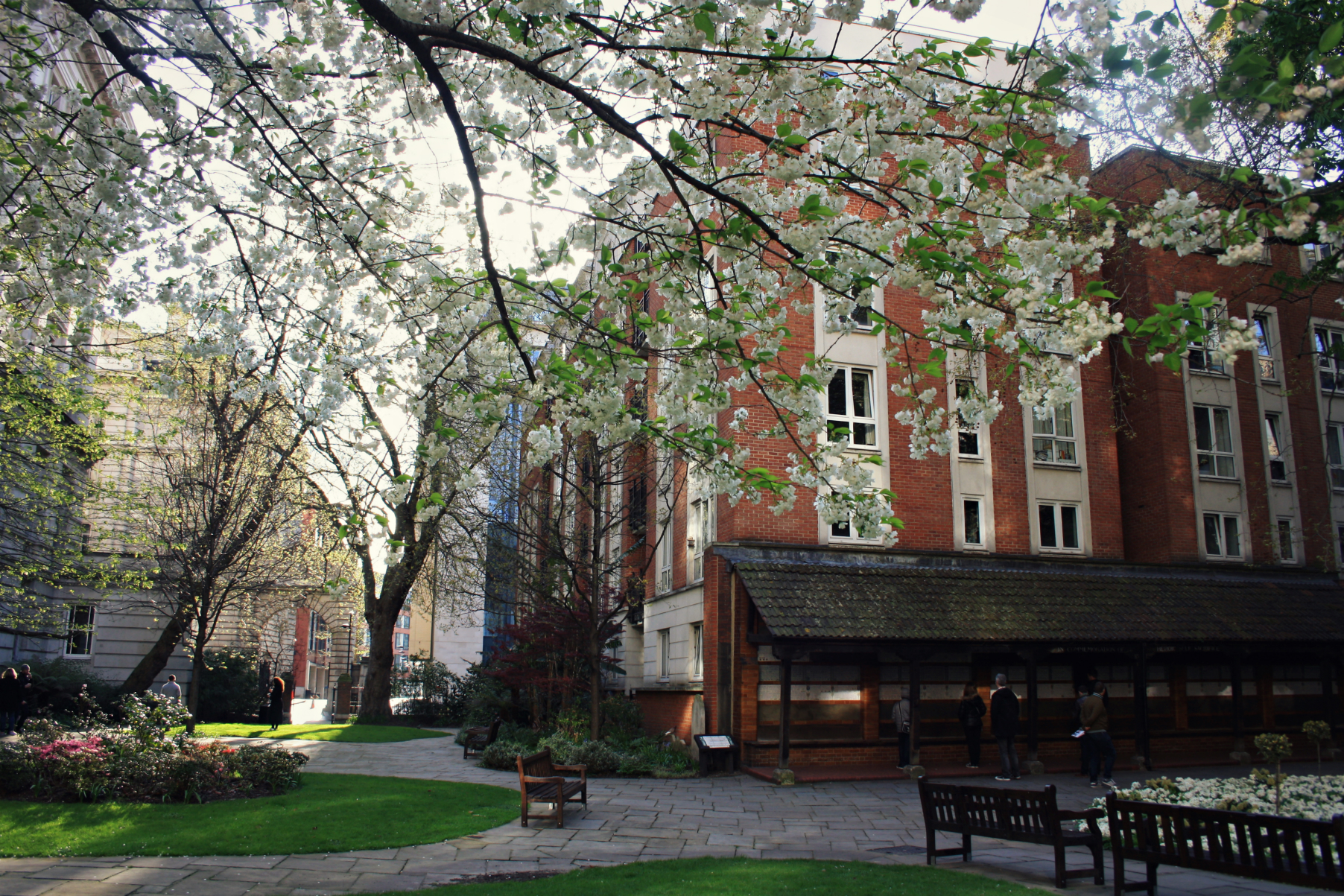
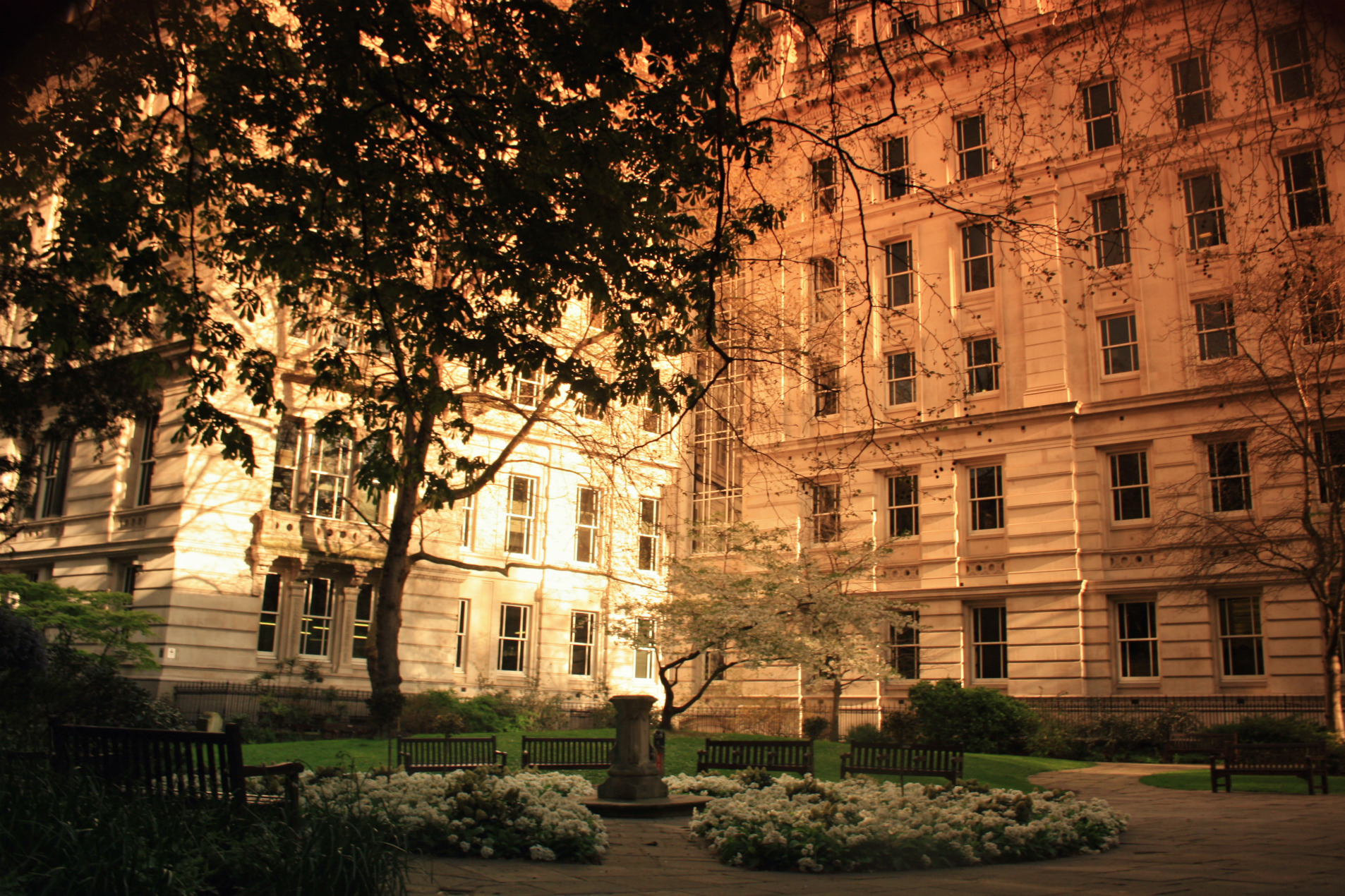
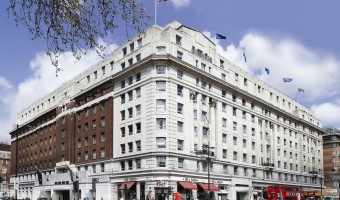
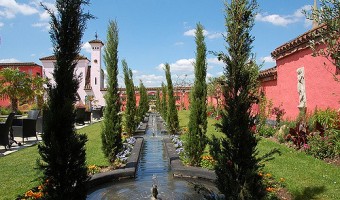
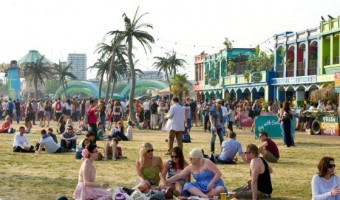
 Load more triptoids
Load more triptoids